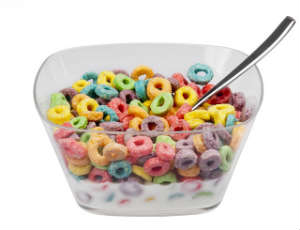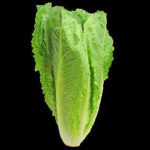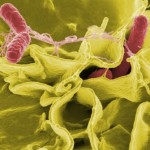Dying To Eat: Artificial Food Dyes
It is virtually impossible to go even one day without coming into contact with artificial dyes. They are added to everything from foods to personal care products with the purpose of making such items more visually appealing. Take cereal for example. The primary market for this product is children and they are going to choose brightly colored cereals over cereals that are dye-free. Continue reading as Ira Riklis explores the history and use of food dyes.
History Of Dyes
Food coloring dates back to ancient times. Back then, natural ingredients were used to add beautiful colors to foods to make them appetizing. Such ingredients were not only used to add rich color to foods, but they were also a healthy way to add color. Some ingredients used were:
- Plants and herbs
- Citrus peelings
- Berries and grapes
- Saffron
- Beets
- Spinach
- Turmeric
Unfortunately, most coloring added to foods today are not natural. You may wonder why we even have synthetic dyes that are used in place of natural ingredients. The answer is rather straightforward. The harvesting and materials used to make natural dyes became too expensive. Synthetic dyes, on the other hand, could be mass produced at a much lower cost, had a longer shelf life and added more vibrant colors when presented. A brief historical timeline of artificial dyes includes the following:
- In 1856, the first synthetic dye, called mauve, was discovered by William Henry Perkin.
- By 1900 it was commonplace to find artificial coloring in foods, cosmetics, and drugs.
- The United States Food and Drugs Act was passed by Congress in 1906 to prohibit the use of harmful color additives in sweets and to also prohibit the use of dyes to conceal defective or inferior foods.
Negative Impacts On Health
Companies depend on their products to look vibrant and colorful in order to entice consumers to purchase. In fact, if many of the foods we eat didn’t have artificial dyes, they would look a lot less appealing. Canned goods, such as pickles, and many other foods lose their natural vibrant color when they are processed. Companies need to add back the color so that consumers will buy. But, some of these artificial dyes can have negative impacts on health. Because of all the toxins and harmful agents found in artificial dyes, only seven synthetic dyes are approved by the FDA. Artificial dyes have been blamed for many health conditions including:
- Behavioral problems, including the aggravation of ADHD symptoms in children
- Migraines
- Anxiety
- Hyperactivity
- Cancer
So, before you go to grab that brightly colored candy or super-green pickle, you might want to think twice.
Major Brands Discontinuing Dyes
The good news is that many companies, such as Dunkin Donuts, are putting the health of their customers first and phasing out the use of artificial dyes in their products. In fact, Dunkin Donuts has removed artificial coloring from all its iconic donuts at locations in the United States and has made a resolution to use cleaner ingredients on all menu items by the end of 2018. These actions by the famous donut chain are commendable, but Dunkin Donuts is not the first major company to remove dyes. Other companies that have curbed or eliminated the use of synthetic dyes are:
- Nestle removed artificial dyes from 250 chocolate products, including the popular Baby Ruth and Butterfinger candy bars.
- General Mills, the maker of the colorful Lucky Charms cereal, decided to stop using artificial coloring in its products.
Although it is difficult to steer completely away from synthetic dyes, primarily because they are contained not only in foods, but medicines and personal care products that we use every day, it is encouraging to know that many of the companies that we’ve come to know and trust are taking the issue seriously.







